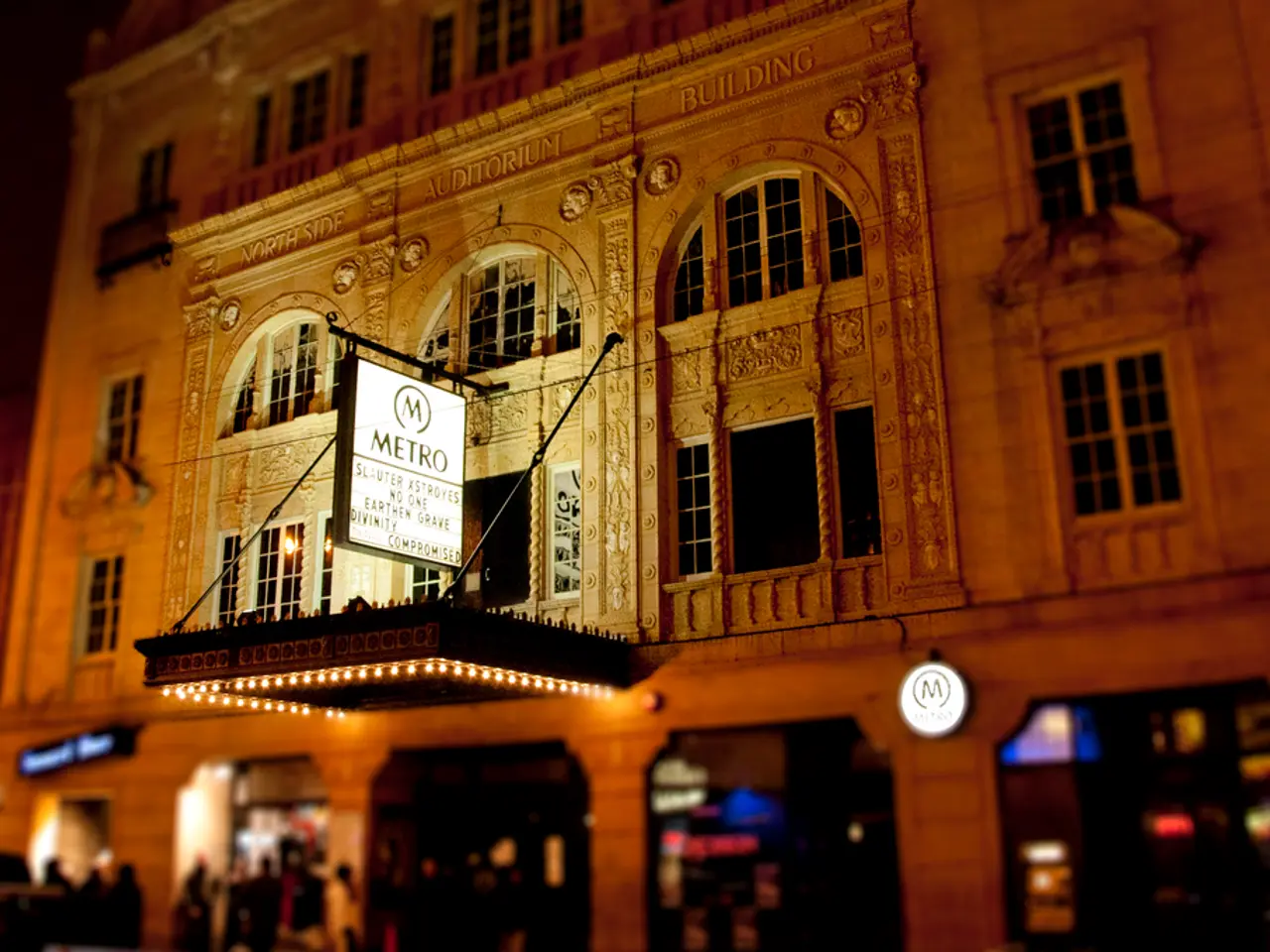Direction inquiry directed at Daniel Flemm, OB candidate, regarding the governance of Solinger City.
In the heart of Solingen, the city center has been facing challenges, with the Fronhof being a particular area of concern. To address these issues, mayoral candidate Daniel Flemm has proposed a comprehensive plan to revitalize the city center.
Flemm's strategy focuses on increasing foot traffic, renovating key areas, improving safety, utilising spaces for events, and collaborating with local stakeholders.
Increasing Foot Traffic and Activity
Flemm aims to bring more people into the city center by activating public spaces. This involves creating a welcoming and vibrant environment that encourages visitors to spend more time there, which can help local businesses thrive.
Renovation and Beautification
The Fronhof, located centrally in Solingen's city center, will undergo renovations to improve its appearance and functionality. The renovation plan includes upgrading pedestrian areas, improving street furniture, and enhancing the overall urban design to make the area more attractive.
Improving Safety and Security
Addressing concerns about safety, Flemm wants to implement measures to make the city center feel more secure for residents and visitors alike. This could involve better lighting, increased police presence, or other strategies to reduce crime and improve public confidence.
Multipurpose and Event Use of Spaces
Flemm stresses the importance of using spaces like the main street and Fronhof flexibly for events and cultural activities. By hosting markets, festivals, and performances, these areas can become lively centers of community life, drawing more visitors and creating a sense of connection.
Collaboration with Local Stakeholders
To ensure the success of these revitalization efforts, Flemm emphasizes cooperation with business owners, residents, and city officials. A collaborative approach helps align investments with the needs and desires of the community.
Other proposals by Flemm include the use of flexible mobile bollards for events on the main street, funded through municipal means, and a uniform design guide for the external appearance of buildings. He also advocates for conversion of some buildings to residential space or a design guide to achieve a more uniform street image.
However, challenges persist. The communal public order service (KOD) post in the Kersting House is currently closed, putting the security concept on hold. The planned renovation of the Fronhof as part of the City 2030 project was postponed in summer 2025.
Despite these obstacles, Flemm remains committed to his vision. He demands consistent pursuit of vandalism and immediate removal of damages. He finds the Neumarkt problematic due to repeated incidents of violent crime and neglected areas with dirty spots, chewing gum residue, and graffiti.
In summary, Daniel Flemm’s approach to revitalizing Solingen’s city center combines infrastructure improvements, safety enhancements, cultural activation, and community collaboration to create a more dynamic, safe, and inviting urban core around the Fronhof and main street.
Flemm acknowledges the importance of keeping the public informed about city center developments, recognizing that politics, general-news, and crime-and-justice might be points of interest for the residents.
By focusing on improving safety and security, as well as pulling together local stakeholders to collaborate on revitalization projects, Flemm intends to address crime-and-justice concerns and create a more secure and appealing city center, consequently becoming a topic of interest in both local news and politics.





